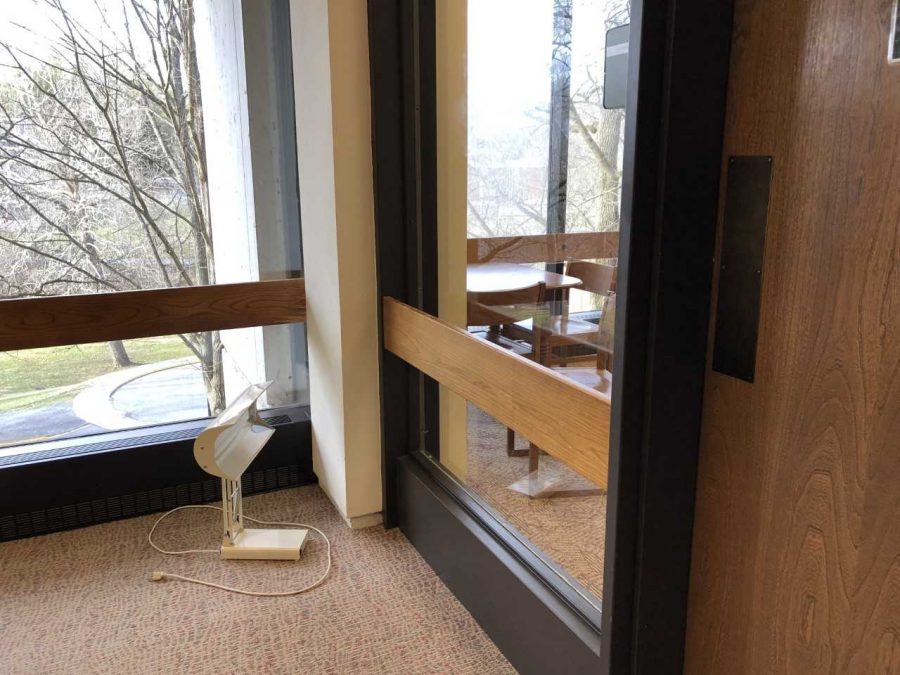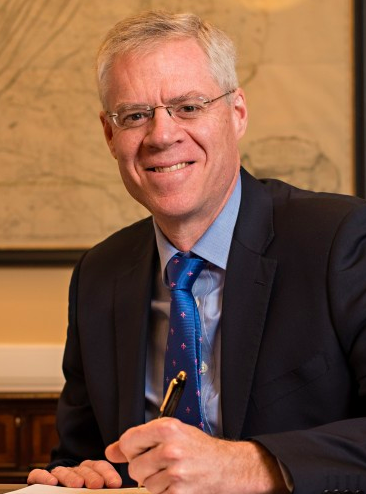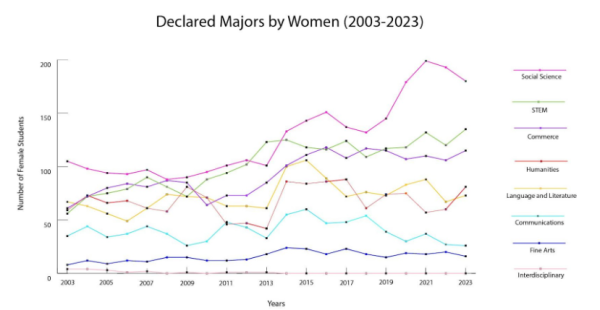Recognize, combat Seasonal Affective Disorder
Washington and Lee health experts say exposure to light is the number one treatment for SAD.
The Phi found a light therapy lamp outside of Room 321 in Leyburn Library, sitting in a corner. Photo by Sutton Travis, ’19.
March 4, 2019
Health professionals on Washington and Lee’s campus recommend self-care and exercise as ways to deal with rising levels of depression in the winter months.
Washington and Lee Director of Health Promotion Jan Kaufman has worked on campus for 27 years. Kaufman said mental illnesses that go untreated can affect every part of your life.
“In terms of keeping yourself emotionally well and successful in your school work, it all boils down to self-care,” Kaufman said. “Getting enough sleep is probably number one on that list, along with eating well.”
Washington and Lee’s psychiatrist Dr. Kirk Luder added that doing an aerobic exercise for 45 minutes three to four times a week can also have significant effects on your wellbeing. Luder said exercise alone works as well as antidepressants.
“Effective activities like yoga, mindful meditation or even just a walk outside can reduce those feelings of sluggishness,” Luder said.
For many students, negative feelings can become more abundant in the winter—freezing temperatures and heavy workloads cause students to become more isolated, resulting in more feelings of depression.
The technical name for this phenomenon is Seasonal Affective Disorder, or SAD. The disorder is caused by the low amounts of sunlight absorbed in the winter months, which throws off your biological clock. When SAD is combined with the stress of midterms, essays and job searches, the effects are magnified.
Luder has been working with Washington and Lee students for 20 years and is able to prescribe medicine to treat students’ mental health through the counseling center. He said he knows how vulnerable students can be to depression during the winter months.
“That tendency of vulnerability to depression is much more marked among students and when you think about it, it makes sense,” Luder said. “Especially during the fall and winter terms, not only are the days getting shorter and cloudier, but workloads increase, causing students to become less social and not participate in as many fun things.”
Everyone, not just those with a history of mental illness, can feel the effects of SAD. Some people may not even notice they have it and wonder why they are consistently feeling exhausted or slipping into a bad mood.
“What is believed about it is that it is a leftover artifact from hibernation. Everything slows down in the winter,” Luder said. “The big messages are that it is really common, it is something you can treat on your own, and if you can’t, we have resources for the students.”
The number one treatment for SAD is light exposure, Luder said. Leyburn Library has lamps with special bulbs that mimic sunlight. Sitting 12-18 inches away from the bulb while doing homework or reading for 45 minutes in the early afternoon every day can provide enough natural light to significantly boost your energy and mood.
Luder said that another option is reaching out to a network of social support. Talking to loved ones or utilizing the school’s peer counselor program can ease the feelings of loneliness.
Students can make an appointment at the counseling office if they want to talk to a professional.
Kaufman said she has seen the effects of SAD and knows how crucial it is to treat the disorder.
“In the last five to 10 years, there has been much more conversation about mental health problems, not just at Washington and Lee but on every college campus,” Kaufman said. “It’s a good thing that students feel comfortable [enough] to get help.”













